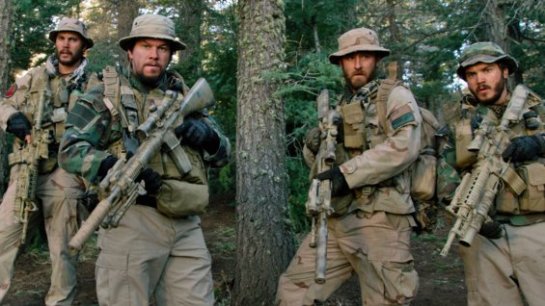By Tom Demerly.
In much the same way as Franklin Roosevelt is remembered for the Social Security Act of 1935, President Barack Obama will be remembered for the Affordable Care Act.
And it may be a larger success than any of us imagine.
The Affordable Care Act could be a masterfully engineered piece of legislation that has already set in motion the only means possible to topple big medicine and make U.S. health care affordable. But not how you think.
We’ve all seen the charts and YouTubes comparing the cost of medical procedures in the U.S. to other countries. They make a case for health care being significantly more expensive in the U.S. than in other countries that already have a state subsidized or administered medical system. It’s possible the authors of the ACA did a masterful “Potomac two-step” in selling the ACA to the powerful medical, pharmaceutical and hospital lobby. Washington sold them a Trojan horse.
ACA critics have pointed to a host of administrative problems that are likely short lived. Those problems aren’t “structural”.
A structural problem built into ACA is that the weight of medical costs in the U.S. is spread over the broader economic “ice” of the American population. That ice is still too thin to support big medicine’s current financial weight. One of two things can happen: The ice can break or some weight can be removed.
Since ACA is law, and law can presumably be enforced, the “ice” that is ACA will be held up by Washington. The weight that comes off the ACA ice will be U.S. “Big Medicine” getting whittled down to functional size. No more massive, glossy prescription drug marketing campaigns. No more mini-malls and valet parking at hospitals. No more health care providers filing endless reams of electronic files, paying staff to interpret billing and insurance logistics and creating their own internal television networks to promote themselves. Malpractice litigation will be reformed. Medicine will become more medical, less commercial and litigious.

The ACA will dry up hospital “malls” and commercial dining area and other accessories to hospital operation.
There will be blood. Hospital staff, already strained in many places, will be trimmed. Logistics will be streamlined, even doctors will earn less. Health care suppliers will suffer mightily; with many going bankrupt like auto component suppliers did in the U.S. automotive bailout. And just like the automotive bailout many of the financial negotiations that were abrasive and costly between unions and car companies will now be quickly dispensed in bankruptcy court. And for once, it will be the medical companies that will take the hit. The ACA may protect the citizen-patient.
“Health care quality will contract while health care access will expand.”
If this is the direction of ACA, intended or not, the process will be an abrasive one. We the people in the first decade of ACA will experience constant changes in health care logistics and a general decline in the quality of health care. In short, our health care infrastructure will contract to a scale similar to those of countries with functioning social medicine. In many ways that will appear as a downgrade. But in the spirit of ACA it will spread access to health care across a broader population. Instead of high-income people getting great health care and middle and lower class people getting none or reduced levels with exposure to financial ruin, everyone will get a roughly equivalent level of healthcare services and products. Health care quality will contract while health care access will expand. The optimal balance will be when the two conflicting agendas meet in the middle.
It’s possible President Obama’s ACA will be remembered as the savior of the American patient, not the American medical industry. Getting there will require a long and painful period of financial and legislative surgery that includes some painful amputations with no anaesthetic.











